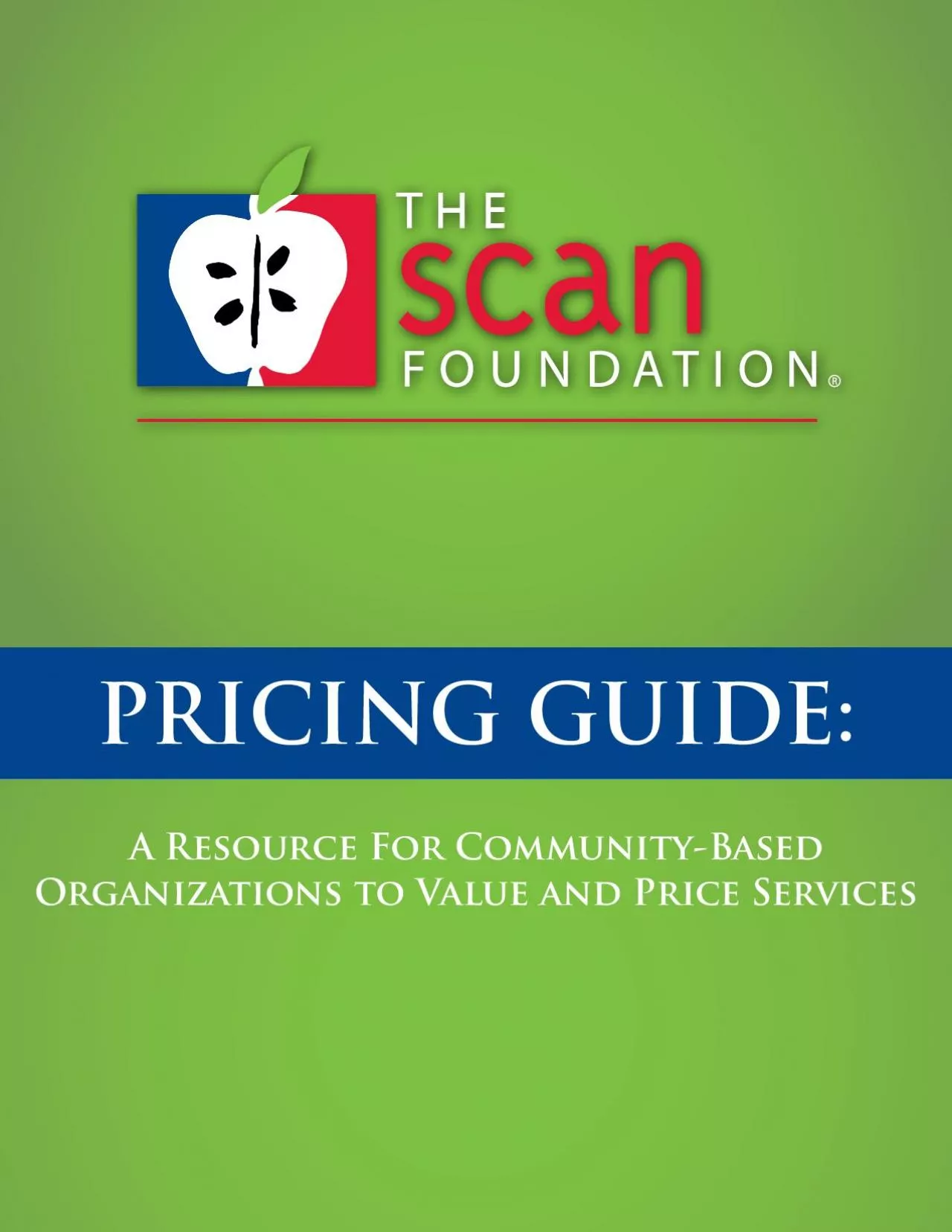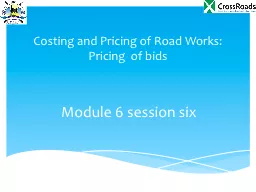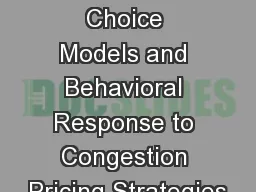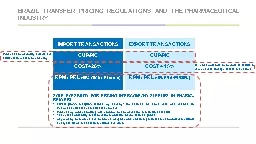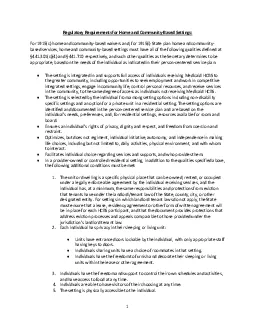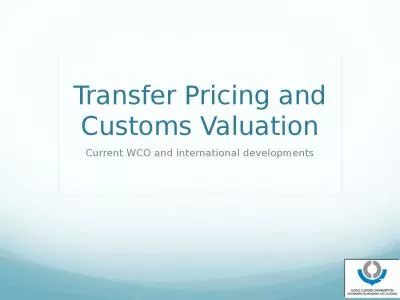PDF-PRICING GUIDEA Resource For CommunityBased Organizations to Value and
Author : callie | Published Date : 2021-09-26
2INTRODUCTION TO THE PRICING GUIDE Pricing Thermometer Value Value Proposition vs CompetitorsNEXT STEPSA The Marketing MixB Root Cause Analysis ToolD Additional
Presentation Embed Code
Download Presentation
Download Presentation The PPT/PDF document "PRICING GUIDEA Resource For CommunityBas..." is the property of its rightful owner. Permission is granted to download and print the materials on this website for personal, non-commercial use only, and to display it on your personal computer provided you do not modify the materials and that you retain all copyright notices contained in the materials. By downloading content from our website, you accept the terms of this agreement.
PRICING GUIDEA Resource For CommunityBased Organizations to Value and: Transcript
Download Rules Of Document
"PRICING GUIDEA Resource For CommunityBased Organizations to Value and"The content belongs to its owner. You may download and print it for personal use, without modification, and keep all copyright notices. By downloading, you agree to these terms.
Related Documents

